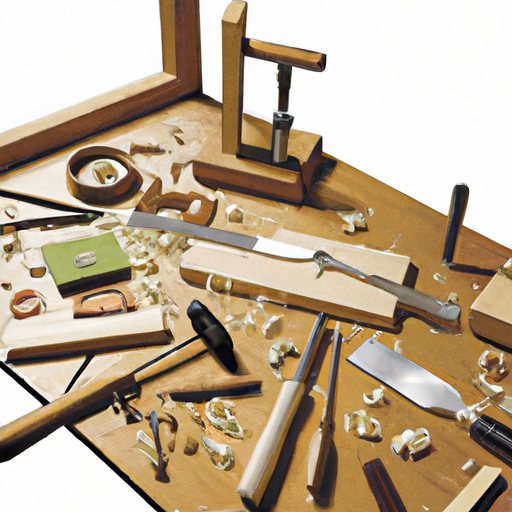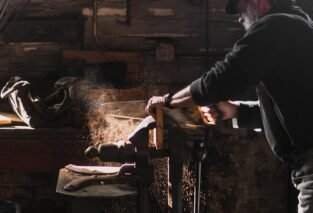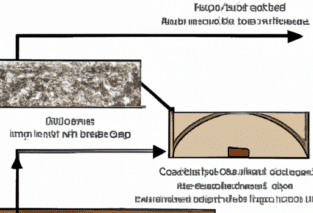In this article, we will explore how you can easily incorporate joinery techniques such as dovetails and mortise-and-tenon joints into your woodworking projects. You’ll learn the step-by-step process of creating these joints and how they can enhance the strength and aesthetics of your furniture pieces. We’ll also discuss the tools and materials you’ll need to get started, as well as common mistakes to avoid. By the end of this article, you’ll have a solid understanding of these joinery techniques and the confidence to apply them in your own projects.
Introduction
Joinery techniques are essential skills for any woodworking enthusiast or professional. These techniques involve joining two or more pieces of wood together to create strong and durable connections. Dovetails and mortise-and-tenon joints are two common and effective methods used in joinery. In this article, we will explore what joinery techniques are, why they are important, the different types of joinery techniques, their benefits, factors to consider before incorporating them into your projects, step-by-step guides for incorporating dovetails and mortise-and-tenon joints, tips and tricks for successful joinery, and common challenges and troubleshooting. By the end of this article, you will have a better understanding of how to incorporate joinery techniques into your woodworking projects.
What are joinery techniques?
Defining joinery techniques
Joinery techniques refer to the methods used to connect two or more pieces of wood together. These techniques are designed to create strong and secure joints that withstand the test of time. Joinery not only provides structural integrity but also adds beauty and craftsmanship to your woodworking projects.
Importance of joinery techniques
Joinery techniques are important for several reasons. Firstly, they enhance the strength and durability of the overall structure. Properly joined pieces of wood create a solid bond that can withstand the stresses and strains placed upon them. Additionally, joinery techniques offer improved aesthetics, as well-executed joints contribute to the overall visual appeal of the finished piece. Lastly, joinery allows for flexibility in design, enabling you to create intricate and complex structures that may not be possible with other connection methods.
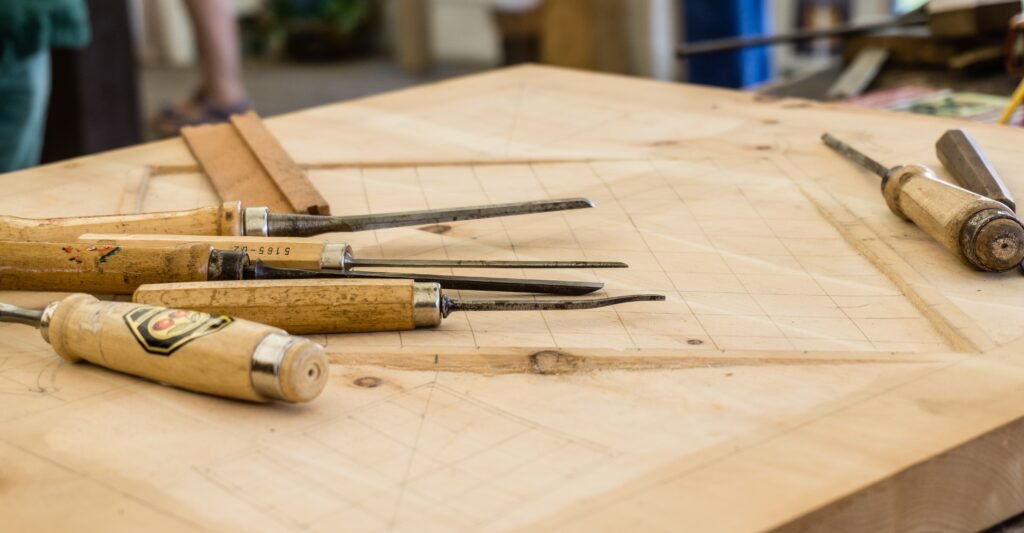
Types of joinery techniques
Dovetails
Dovetails are one of the most recognized and admired joinery techniques. They consist of interlocking teeth that are angled and fit together tightly to create a strong joint. Dovetails are commonly used for drawer construction, cabinetry, and box-making. They not only provide excellent strength but also add a touch of elegance to your woodworking projects.
Mortise-and-tenon joints
Mortise-and-tenon joints are another popular joinery technique. They consist of a mortise, which is a rectangular hole, and a tenon, which is a corresponding projection that fits into the mortise. This type of joint is known for its strength and stability, making it ideal for constructing furniture, frames, and doors.
Other common joinery techniques
In addition to dovetails and mortise-and-tenon joints, there are several other joinery techniques worth exploring. These include butt joints, dado joints, rabbet joints, and finger joints, among others. Each technique has its own strengths and applications, allowing you to choose the best one for your specific woodworking project.
Benefits of incorporating joinery techniques
Enhanced strength and durability
One of the primary benefits of incorporating joinery techniques into your woodworking projects is the enhanced strength and durability they provide. Properly executed joints create a solid bond that can withstand the test of time and regular use. This is especially important in furniture and structures that need to support weight or withstand stress.
Improved aesthetics
Joinery techniques also contribute to the overall aesthetics of a woodworking project. Well-executed joints add an element of craftsmanship and detail, elevating the visual appeal of the finished piece. Whether it’s the intricate interlocking of dovetails or the clean lines of a mortise-and-tenon joint, these techniques can turn a simple piece of wood into a work of art.
Flexibility in design
Another advantage of joinery techniques is the flexibility they offer in design. By using different types of joints, you can create structures with intricate connections and unique shapes. This allows you to push the boundaries of your creativity and bring your design ideas to life.
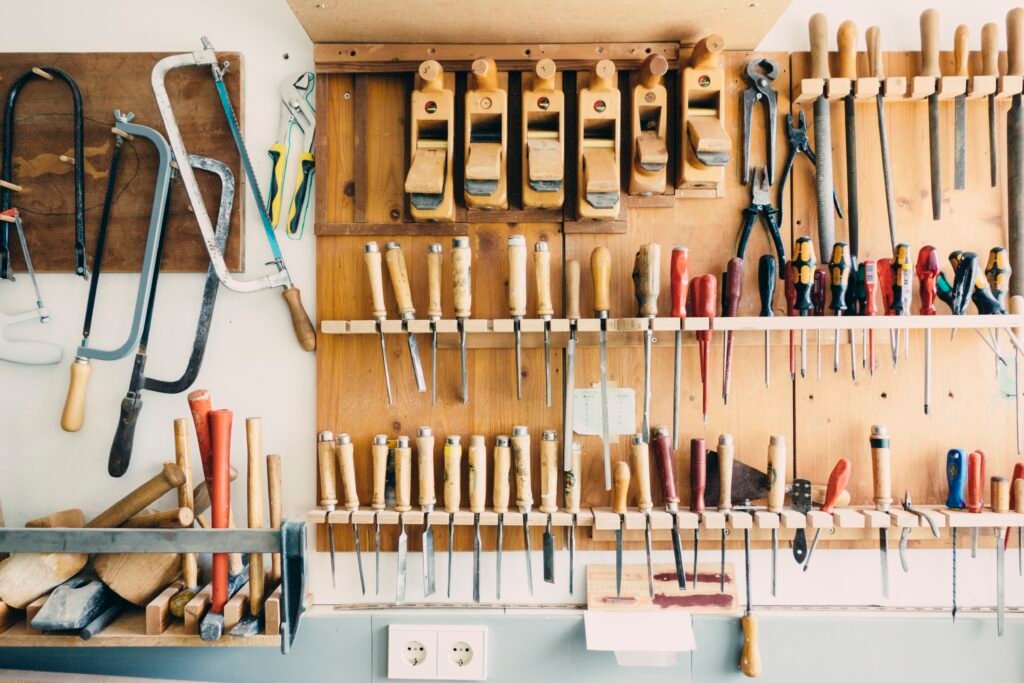
Factors to consider before incorporating joinery techniques
Skill level required
Before incorporating joinery techniques into your woodworking projects, it’s important to assess your skill level. Some techniques, such as dovetails, require a higher level of precision and expertise to execute properly. If you’re a beginner, it may be best to start with simpler joints, such as butt joints or pocket screws, and gradually work your way up to more advanced techniques.
Tools and materials needed
Different joinery techniques require specific tools and materials. Before starting a project, ensure that you have the necessary equipment, such as chisels, saws, marking tools, and clamps. Additionally, consider the type of wood you’ll be working with, as certain joints may require specific wood species or thicknesses.
Project requirements
Lastly, consider the requirements of your woodworking project. The size, complexity, and purpose of the piece will influence the choice of joinery technique. For example, if you’re building a heavy-duty table, you’ll want to use a joint that provides exceptional strength, such as a mortise-and-tenon joint. On the other hand, if you’re constructing a decorative box, dovetails would be a more fitting choice.
Step-by-step guide to incorporating dovetails
Preparing the wood
Start by selecting the pieces of wood that you’ll be joining together. Ensure that they are flat, square, and free from defects. Cut the pieces to the desired length and thickness, and then mark out the locations where the dovetails will be.
Marking and cutting the dovetail joints
Using a dovetail marking gauge or dovetail template, mark out the angled lines for the tails and pins of the dovetail joints on the edges of the wood pieces. With a sharp chisel or dovetail saw, carefully cut along the marked lines. Take your time to ensure clean and precise cuts.
Fitting and finishing the joints
After cutting the dovetails, test the fit by assembling the pieces together. It’s normal for the joints to be tight initially, so use a mallet or a block of wood to gently tap the pieces into place. Once the joints fit together snugly, you can add glue and clamp the pieces together. Finally, use a chisel or hand plane to remove any excess glue and sand the joints smooth.
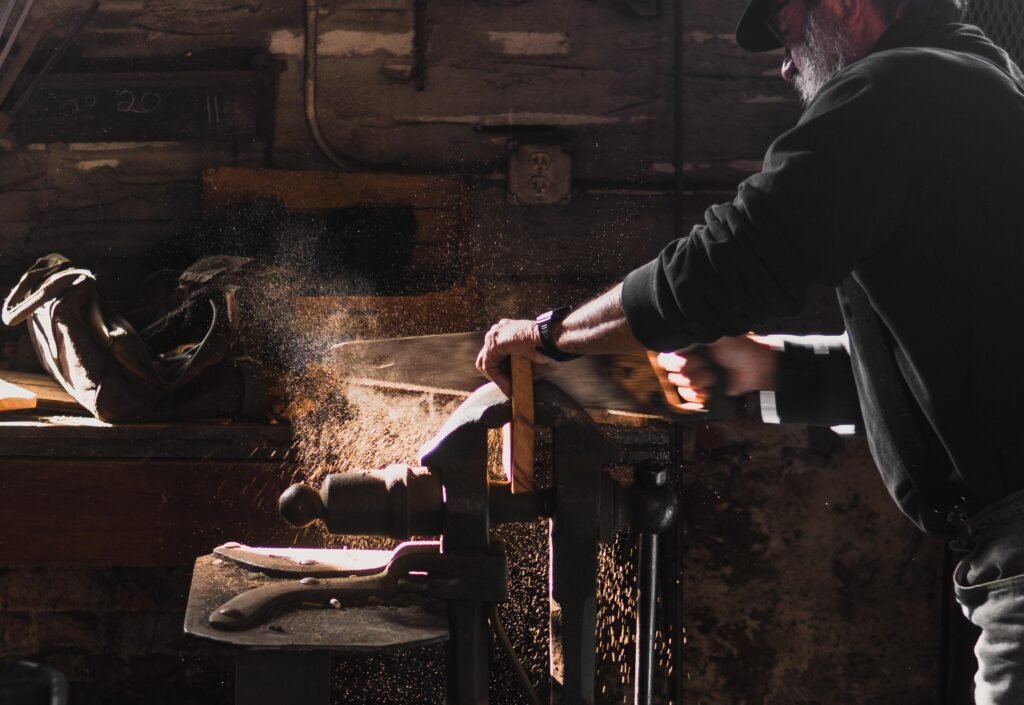
Step-by-step guide to incorporating mortise-and-tenon joints
Preparing the wood
Like with dovetails, begin by preparing the wood for the mortise-and-tenon joints. Cut the wood pieces to size and mark out the locations where the mortises and tenons will be.
Creating the mortise and tenon
To create the mortises, use a mortise chisel or a drill and chisel to remove the wood material within the marked areas. Take care to make the mortises slightly deeper than the length of the tenons to ensure a good fit.
Next, shape the tenons on the ends of the wood pieces. Use a tenon saw or a table saw to cut the tenons to the appropriate size and shape. Make sure the tenons are snug but not overly tight.
Joining the pieces together
With the mortises and tenons prepared, it’s time to join the pieces together. Apply a thin layer of glue to the tenons and insert them into the mortises. Use clamps to secure the pieces in place while the glue dries. After the glue has fully cured, remove any excess glue, and sand the joint smooth.
Tips and tricks for successful joinery
Accurate measurements and marking
Accurate measurements and marking are crucial for successful joinery. Use a combination square, marking knife, or marking gauge to ensure precise and consistent measurements and marking lines.
Proper tool usage and technique
Using the right tools and employing proper technique are essential for achieving clean and precise joinery. Take the time to learn and practice using chisels, saws, and other joinery tools correctly. Sharp and properly maintained tools also contribute to better results.
Ensuring tight and secure joints
To ensure tight and secure joints, pay attention to the fit and alignment of the wood pieces. It may be necessary to make minor adjustments or use clamps and mallets to achieve a snug fit. Additionally, applying the right amount of glue and using sufficient clamping pressure are crucial for a strong bond.
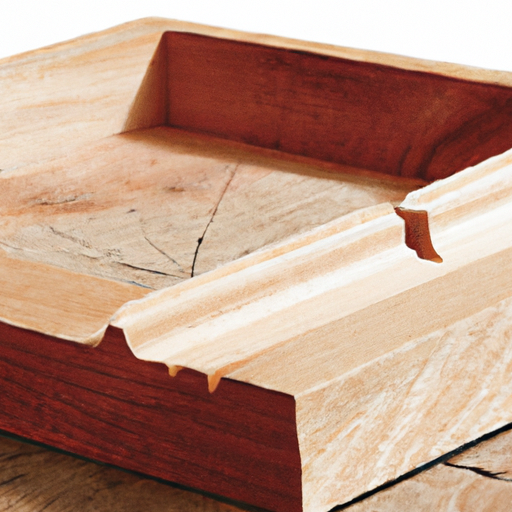
Common challenges and troubleshooting
Dealing with wood movement
Wood is a natural material that expands and contracts with changes in humidity and temperature. This movement can affect the fit and stability of joinery over time. To mitigate this issue, leave adequate room for wood movement when planning and executing your joinery. This can be done by adding small gaps or using special floating tenon joinery methods.
Fixing loose joints
If you encounter loose joints, there are a few possible solutions. One option is to disassemble the joint and apply fresh glue, ensuring a proper fit before clamping. You can also add wooden splines or pegs to reinforce the joint. In extreme cases, the joint may need to be completely remade.
Repairing mistakes
Mistakes happen, even to experienced woodworkers. If you make a mistake during the joinery process, don’t panic. Depending on the severity of the error, you may be able to fix it with additional cuts, sanding, or filler. Alternatively, you can use the mistake as an opportunity to learn and improve your skills.
Conclusion
Incorporating joinery techniques like dovetails and mortise-and-tenon joints into your woodworking projects can greatly enhance their strength, durability, aesthetics, and overall quality. By following the step-by-step guides, tips, and troubleshooting suggestions outlined in this article, you’ll be well-equipped to tackle any joinery project with confidence and skill. So go ahead, unleash your creativity, and bring your woodworking projects to a whole new level with the art and expertise of joinery.
